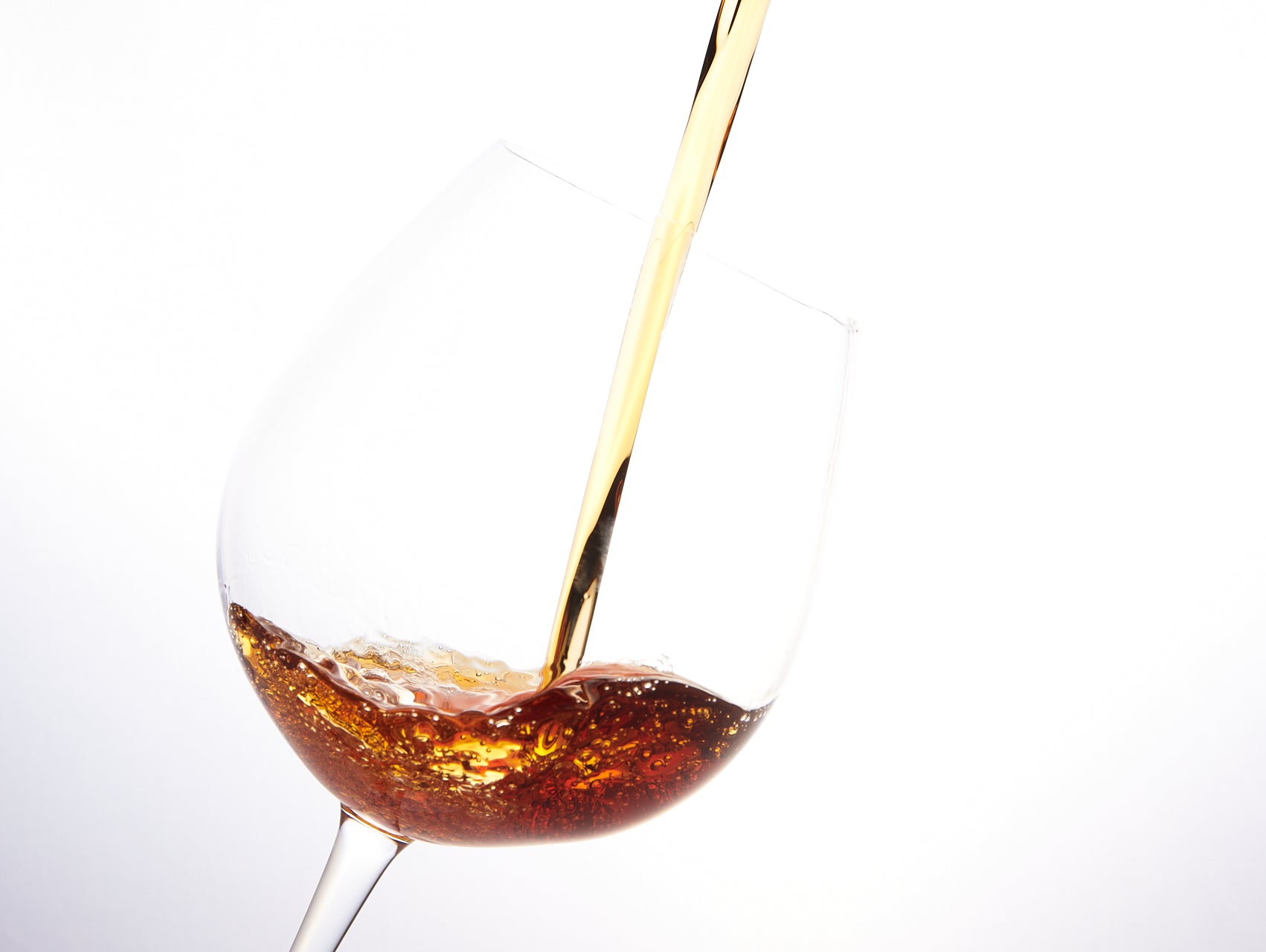column
Does sake age? Doesn't it turn into vinegar?
I'm Matsumoto, a sommelier specializing in fine sake from ancient times. This time I will explain a little about the aging of sake. What exactly is maturation? From that point......
Please accept the privacy policy.
Please accept the privacy policy.
An error occurred. Please wait a moment and try checking the checkbox again.
